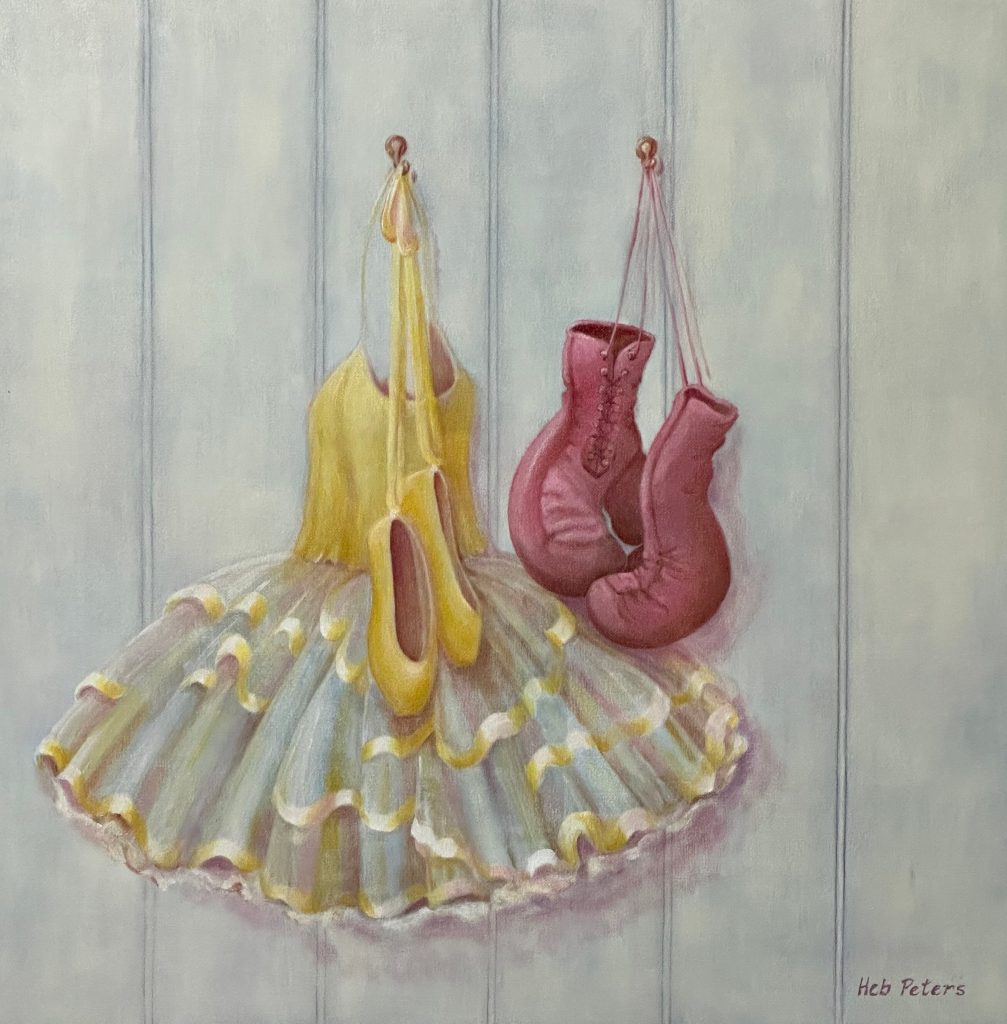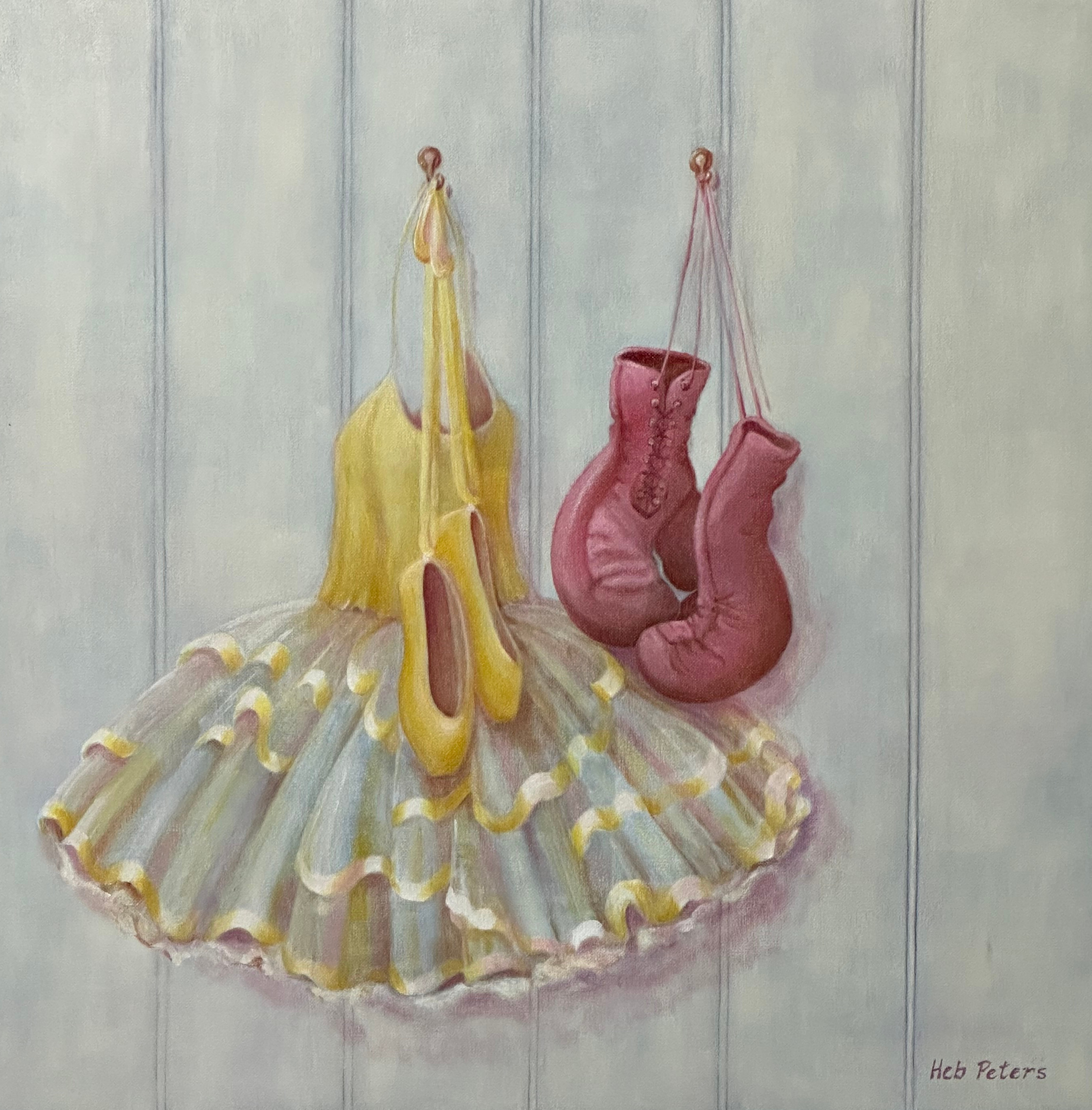
Dynamic and Lively Still Life Painting That Defies Tradition

Judith Linhares’s “The river is moving, The blackbird must be flying”: A Vivid Journey Through Feminine Myth and Modernist Fantasy
Judith Linhares, the esteemed American painter known for her riotously colored feminist figuration, returns to PPOW Gallery with one of her most evocative exhibitions to date. Titled The river is moving, The blackbird must be flying, the show borrows its name from the twelfth stanza of Wallace Stevens’s poem “Thirteen Ways of Looking at a Blackbird.” The reference is more than titular embellishment; it sets the lyrical and philosophical tone for the entire exhibition, suggesting movement, duality, and the tension between observation and imagination.
A World Built on Color and Pattern
This body of work—consisting of 17 oil-on-linen paintings completed between 2023 and 2024—reveals Linhares at the height of her powers. Her brushwork is bold yet nuanced, evoking the briskness of sketchbook spontaneity with underlying depth and density that warrant extended viewing. While the surface compositions may appear childlike or folkloric at first glance, they unfold into deeply textured narratives, packed with metaphor and psychological intrigue.
What sets Linhares’s current work apart is her command of color and composition. Her paintings are often forged from vibrant diagonals, and her palette makes full use of opacity and contrast. Despite being still lifes or diorama-like narratives, these paintings possess remarkable kinetic energy. The radiance of “Freya’s Flowers,” for instance, bursts from the canvas in a cascade of colorful spheres that tumble toward the viewer amidst a still life that is anything but inert. The painting uses the quietude of a simple floral centerpiece to anchor an animated, almost dizzying array of visual movement.
Female Mythologies and Domestic Labor
Two of the largest works in the exhibition, “Housekeeping” and “Clearing,” provide standout examples of Linhares’s talent at layering domestic scenes with mythic resonance. “Housekeeping” features a reclining, blue-toned, skeletal figure bathed in firelight, while tiny women in spectral procession emerge from a nearby house, linking hands and wielding a broom. The scene immediately impresses itself as a tale of feminine labor, mortality, and mystery.
In “Clearing,” a woman chops wood under a saturated orange sky as another lounges on a pile of logs nearby, her purple form radiating disinterest. This juxtaposition of warm and cool—of engagement and detachment—suggests archetypal oppositions: worker and dreamer, morning and night, flame and shadow. Yet the vibrancy and humor that pervade both paintings prevent them from collapsing into didacticism, keeping the viewer in a liminal space between playfulness and existential dread.
Imaginative Ambiguity
Many of the pieces in the show resist direct interpretation and instead invite viewers to participate in a visual riddle. In “What the Genie Knows,” for example, the viewer is left wondering whether a supernatural figure is about to emerge from a lamp or if he already resides, quietly omniscient, in a robe on the wall—a ghost of memory or imagination. Similarly, “Watch Dog” offers multiple readings, both literal and symbolic—protective pet, folkloric beast, or internal guardian.
Linhares does not answer these questions; she positions them at the core of her work. In doing so, she incites viewers to “look slant,” to use Emily Dickinson’s phrase—to approach meaning indirectly, letting mood and form lead the way.
A Welcome Return to Modernist Roots
Linhares’s vivid interiors strongly evoke the bold palettes and compressed perspectives of Henri Matisse and Pierre Bonnard, while the narrative absurdity and iconography bring to mind the mytho-poetic naïveté of Henri Rousseau. The presence of embracing lovers and watchful animals echoes Brancusi’s fusion of intimacy and abstraction. Yet far from being derivative, her work feels like an inheritance—a reclamation of Modernism’s colorist traditions, reframed through the feminist and intuitive lens she has honed over decades.
Linhares began her career in the Bay Area with roots in figurative expressionism, but these current works suggest an even more unbounded approach—one that merges personal myth with archetypal storytelling, all bathed in hallucinatory color and disorienting harmony.
Slowness as a Virtue
In today’s world of fast consumption and endlessly scrolling images, the deliberate pacing required to appreciate Linhares’s paintings is a radical gesture. Her surfaces demand attention—not because they are difficult in a technical sense, but because they reveal themselves gradually, layers unfolding through sustained, inquisitive looking.
And that may be the final triumph of “The river is moving, The blackbird must be flying.” By combining painterly sophistication with dreamlike subject matter, Linhares offers us a space not only to look but to linger, daydream